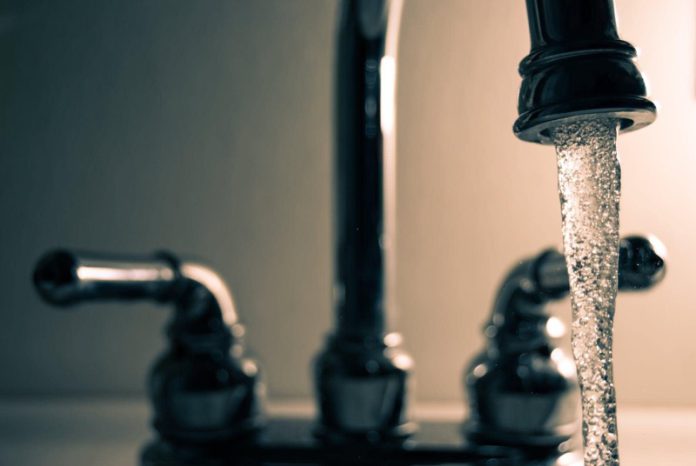Plumbing is an ancient field – practiced by many ancient cultures such as the ancient Greeks and Egyptians. It is constantly evolving. Here are 5 new innovations in the watery world of plumbing.
Touchless Faucets
Hygiene in public places and the prevention of viral transfer has become an even more prominent priority in the last few years thanks to the devastating coronavirus pandemic that has swept the world. Touchless faucets prevent the spread of disease by removing the need for people to touch the tap in order to turn it on. These touchless devices are now standard new construction plumbing features in many public buildings and businesses. They are triggered by the covering of a light detecting sensor. When the sensor detects a hand – or any blocking of a light source – it sends a positive signal to a solenoid valve. This valve then opens, allowing water to flow. Many people are now installing touchless faucets in their homes – usually for convenience purposes.
Tankless Water Heaters
Tankless water heaters only heat water up when there is an immediate demand triggered by the turning on of a faucet or the running of a device like a washing machine. They are often installed as an energy saving feature because they do not use energy in the background heating up a tank of water. They work by passing water over a heating element on the way to its end use. Tankless water heaters usually provide hot water at around 2-5 gallons per minute according to the United States Government ‘energy saver’ program literature. This is less than can be provided by a traditional boiler, so installing parties need to weigh up the energy saving benefits of these devices with the potential capability losses. They remain a great way to have a supply of hot water while saving energy. In a residential home with a reasonable hot water demand they are perfectly viable options.
Hot Water Recirculation
Hot water recirculation systems allow for a high-pressure level of hot water to be kept circulating even while new water is heated up. They save energy by ensuring that hot water is quickly distributed to appliances – meaning that people spend less time running a tap while they wait for water to become hot. While these systems do expend energy in keeping hot water constantly circulating, they are known to have a net energy saving advantage due to the large amounts of water wasted in the running of cold taps as they heat.
Smart Irrigation
Agricultural irrigation is one of the highest input sinks for water in the entire country. Vast quantities of water get sent to fields every year – making formerly arid zones luscious. Smart irrigation systems use weather data to determine the exact amount of water that needs to be sent towards an irrigation system. This can save thousands upon thousands of gallons of water.
Leak Detectors
Leak detectors use water sensing cords to identify leaks and warn occupants early of any issues with their plumping. They are now fitted as standard in large publicly used buildings and greatly reduce the risk of a leak causing major inefficiencies.















